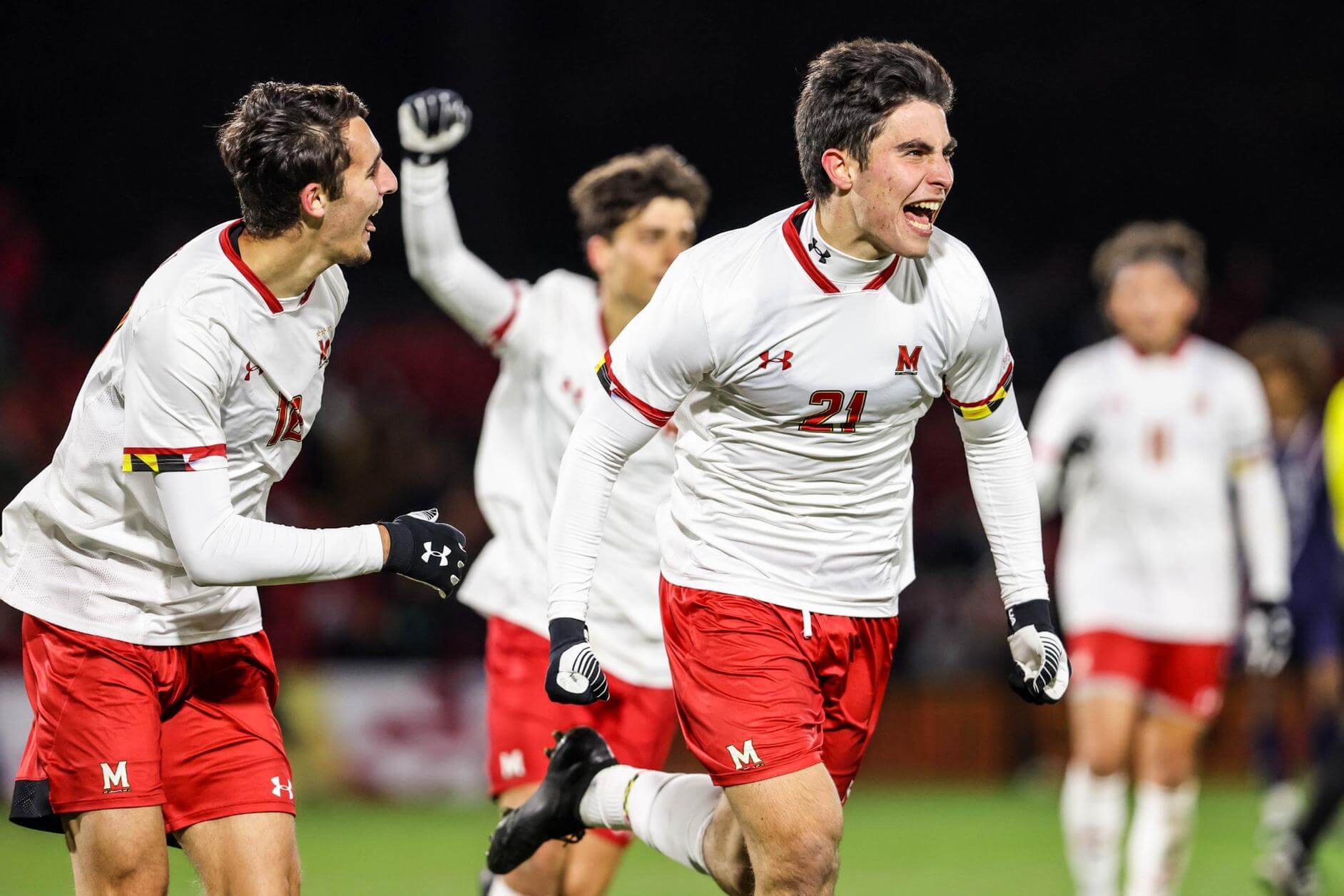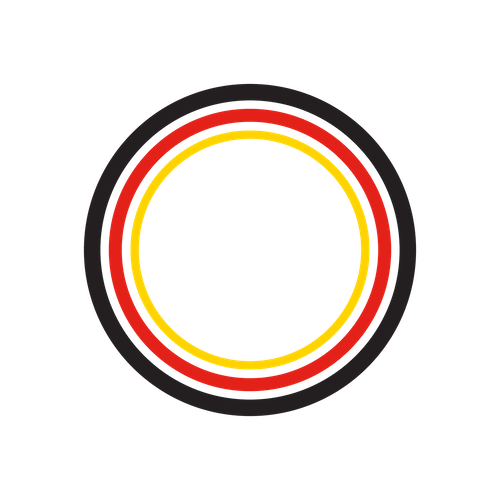
Comparing Soccer in USA and Europe (Germany)
Soccer in the USA has its own set of strengths, contributing to the sport’s growth and popularity over the years. Today we are examining both strengths and weaknesses to explore why soccer in the United States still lags behind the European Soccer development system in Germany.
Strengths of US Soccer

- Growing Popularity: Soccer has been growing in popularity in the USA, especially among the youth. This increasing interest creates a larger pool of potential talent and a growing fan base for local clubs and the national teams.
- Diverse Talent Pool: The USA’s diverse population can provide a rich talent pool with a variety of playing styles and experiences, which can be beneficial for the development of soccer in the country.
- Strong Women’s Program: The USA has one of the most successful women’s soccer programs globally, with the national team consistently being a dominant force on the international stage.
- Investment in Soccer: There has been increasing investment in soccer from both private and public sectors, including the development of new professional stadiums, training facilities, and youth academies.
- Professional Leagues: The establishment and growth of professional leagues like Major League Soccer (MLS) provide a platform for domestic and international talent to compete at a high level.
- College Soccer System: The unique college soccer system in the USA provides young players with an opportunity to pursue higher education while also playing competitive soccer, which can be attractive for both domestic and international players.
- Marketing and Commercial Success: The USA has a strong marketing and commercial infrastructure that can help promote soccer, attract sponsors, and generate revenue for the sport.
- Technological Advancements: The USA is home to many technological innovations, and this extends to soccer where advancements in sports technology, analytics, and sports medicine are applied to improve player development, performance, and injury prevention.
Weaknesses of US Soccer

The weaknesses of soccer in the USA can vary widely depending on numerous factors including the level of play (professional, collegiate, youth), the specific league, the region, and the management and financial resources. However, some general weaknesses can be observed across various levels and clubs:
- Developmental Pipeline: Historically, the USA has lagged behind other nations in developing a solid pipeline for nurturing young talent. The lack of a cohesive and standardized youth development system can hinder the growth of domestic players.
- Pay-to-Play Model: The pay-to-play model in youth soccer can be a significant barrier for low-income families, potentially excluding talented players from organized soccer.
- Coaching Quality: While there has been significant improvement, the level of coaching, especially at the youth and lower-tier professional levels, may not be as high as in countries with a longer soccer tradition.
- Facilities: Some clubs may lack the necessary facilities or have to share facilities with other sports, which can affect the quality of training and competition.
- Recognition and Fan Support: Soccer is competing with many other popular sports in the US for recognition and fan support. This can affect attendance, revenue, and the ability to attract top talent.
- Competition Level: The level of competition, especially in the lower leagues, might not be as high as in other countries, which can hinder the development of players.
- Regulatory Environment: The different regulations governing soccer in the USA, including college eligibility rules, can sometimes create challenges.
- Scouting Network: The vast geography of the USA can make scouting more challenging and potentially lead to overlooked talent.
What is different in Germany

Considering both strengths and weaknesses, soccer in the USA lags behind European soccer, especially in Germany, due to several factors:
- Early Talent Identification: Germany has established systems for identifying and nurturing talent from a very young age, often as early as 6-7 years old, which gives them a head start.
- Developmental Pathways: Germany has clear, structured pathways from amateur to professional levels, enabling talent to be nurtured and developed systematically.
- Coaching Quality: Coaches in Germany are often more highly trained, holding UEFA certifications, ensuring high-quality training and development.
- Club Infrastructure: German clubs have significant investments in infrastructure including top-tier facilities, medical support, and sports science.
- Cultural Importance: Soccer holds a central place in German culture, driving community support and resources toward the sport.
- Technical Skill: The technical skill level of players, driven by rigorous training from a young age, tends to be higher in Germany.
- International Competition: German clubs and national teams regularly compete at the highest levels internationally, driving up standards.
- League Structure: The league structures in Germany are well-organized and competitive, with promotion and relegation systems that drive competition.
- Financial Investment: There’s significant financial investment in player development and club operations in Germany, driving up the quality of play.
- Community Engagement: The strong community engagement and local support for clubs in Germany create a thriving, competitive environment that drives player and team development.
| Factor | USA | Germany |
|---|---|---|
| Early Talent Identification | Growing in popularity, diverse talent pool | Established systems from age 6-7 |
| Developmental Pathways | College Soccer System | Clear, structured pathways from amateur to professional |
| Coaching Quality | Varying levels of coaching qualifications | Highly trained, UEFA certified coaches |
| Club Infrastructure | Increasing investment in infrastructure | Significant investments in top-tier facilities |
| Cultural Importance | Growing popularity, community involvement | Central place in culture |
| Technical Skill | Diverse playing styles, technological advancements | Rigorous training from a young age |
| International Competition | Participation in international events | Regular competition at the highest levels internationally |
| League Structure | Professional leagues like MLS | Well-organized, competitive leagues with promotion/relegation |
| Financial Investment | Increasing private and public investment | Significant financial investment in development |
| Community Engagement | Strong community outreach programs | Strong community engagement and local support |
Summary
It’s not productive to compare the soccer frameworks of the USA and Germany individually; rather, utilizing the strengths and resources of both can be benefitial for each player.
A blend of playing in both the USA and Germany can offer a holistic development experience for each individual player. The USA’s growing popularity of soccer and strong educational opportunities through college soccer can be significantly beneficial. On the other hand, Germany’s early talent identification, structured developmental pathways all the way to the professional level, and high-quality coaching can provide a more technically sound and professionally oriented soccer education.
Combining experiences from both regions can help in creating well-rounded athletes, with both strong soccer skills and educational background, which can be advantageous in becoming the best possible version of a soccer player and human being.














